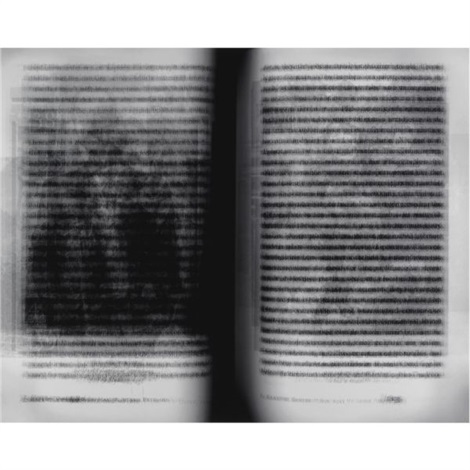
Ironically, a close look at Hitchcock's own commentary on his films reveals that it was the putative master himself who opened up the possibility for an alternative visuality. This article will instead focus on the formal and historical peculiarities of his silent films, exploring an optical dialectic that will take us beyond the gaze. Silent film has recently become the subject of much critical attention, particularly among feminist theorists interested in the cinema preceding the consolidation of the classical Hollywood system, but as of yet, these findings have not been applied to Hitchcock's early films, which are still typically viewed as mere forerunners for his later style.

But while the omniscient gaze undoubtedly emerges as the dominant aesthetic of Hitchcock's films, by reproducing that all-controlling point of view in the criticism, we may overlook an alternative visuality that informs his work, particularly during his silent period, when his style is less definitively developed than in the later Hollywood productions.

And whether viewed through the idealized lens of"pure cinema" or the critical ones of sadism, fetishism, and voyeurism, it is of course this visual power that has been understood as the essence of Hitchcock's style. Carefully controlling just what and how much to show us, this investigative eye knows how to search out and eventually expose the inner essence of each subject, forcefully bringing its guilt or innocence to light. Like the famous shot in Young and Innocent (UK, 1939), in which the camera engages in "a kind of staring contest" with the murderer until he reveals his guilty twitch, 1 the Hitchcockian voyeuristic gaze knows at every point how to bring about narrative progression and denouement.


Roland Barthes,"The Third Meaning" Fascinating Designs


 0 kommentar(er)
0 kommentar(er)
